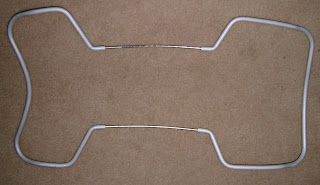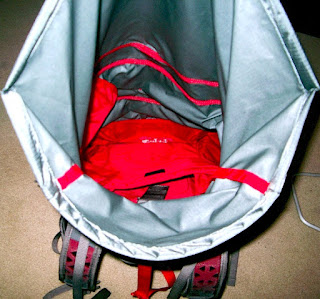BOREAS
Bolinas Pack
http://boreasgear.com/products/bolinas/
This 30 liter pack touts its versatility that it is a bike pack that can convert to a long-haul day pack. The goal of this pack is pure function. Where other pack offer big padded shoulder and hip straps, the Boreas crew knows this can be over-kill. The secret is in the suspension system.
http://boreasgear.com/products/bolinas/
Boreas Bolinas pack, 30L
|
This 30 liter pack touts its versatility that it is a bike pack that can convert to a long-haul day pack. The goal of this pack is pure function. Where other pack offer big padded shoulder and hip straps, the Boreas crew knows this can be over-kill. The secret is in the suspension system.
30 Liters of storage, water resistant, expansion segments, 3 external zipper pockets, hydration bladder compatible, daisy loops tucked into access pockets, and most important the trampoline suspension system that adjust to fit the contours of your back for hiking or cycling.
By tightening the tension straps you can have the pack flat on your back for hiking, or more rounded for cycling. Finely tuning the curve ensures a perfect fit.


The frame sits behind a trampoline mesh which provides ample air flow on the users back.
The frame is not meant to be removable, but is possible as we found out for purposes of showing you how it works.
The pack opens by unrolling the top, which holds its shape thanks to a semi-rigid plastic strip in the seam.
Rolled inside out to show the water bladder pocked with velcro strap, and a side pocket.I first took this pack out on an overnight bike packing trip. One complaint is the corners of the mesh trampoline did rub my hips the wrong way and eventually became uncomfortable. A more upright position might prevent this. Also, accessing anything in the bag during a quick stop was not easy. It is one big compartment, and everything disappears when you want to find it. Some side pockets would make storage more organized, but at the same time would also add weight.
The pack was comfortable riding all day, and the minimalist design kept the work space clutter-free. Strap adjustments are easy to make.
The big downside is the lack of external zipper compartments. The pack is intended to haul your stuff into camp and then be unloaded. If you want to have quick access to little items all during your trek this pack might not be right for you.
Overall, this is a great pack for day trip hiking or cycling, and even for light-weight camping trips.
From Boreas site:













